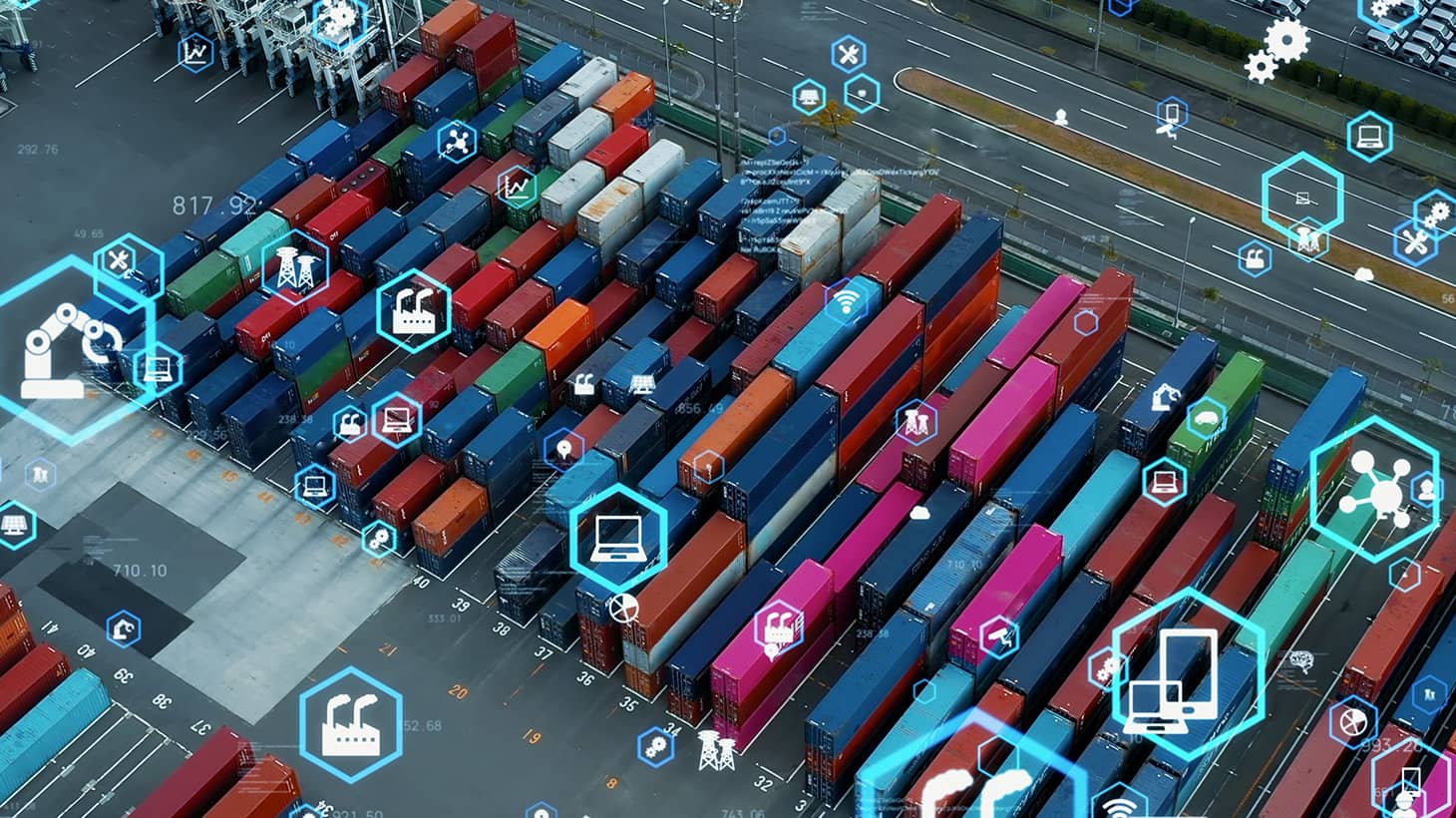Gartner Symposium 2025: 5 key talking points on AI and the supply chain

The rise of artificial intelligence (AI) is expected to be one of the most significant factors impacting supply chains in the next five years, while early experimentation with newer generative forms of AI (GenAI) are already making a difference in terms of organisational speed and efficiency.
They were among the headlines from analyst group Gartner’s Supply Chain Symposium/Xpo, where delegates heard experts predict automation in supply chain planning decisions will reduce the need for human planners, and forward-thinking businesses are developing human-machine integrated strategies.
I’ve picked out five key things to think about relating to AI and the supply chain following a packed three days in Barcelona, which brought together the great and the good in supply chain commerce.
AI and automation to reshape supply chain by 2030
Among Gartner’s top strategic predictions for 2025 and beyond, as presented by the group’s VP analyst Tom Enright, was how the emergence of humanoid robots and autonomous AI will make supply chains very different by 2030. They will, of course, change the role of the chief supply chain officer (CSCO) in the process.
Enright used his session in Barcelona to share Gartner predictions, including that by 2030, the result of automation in supply chain planning decisions will reduce the need for human planners by 30%. He spoke about research which estimates by 2027, some humanoid robots will verbally receive and respond to human-prompted work instructions via AI agents.
Enright added that by 2028, 15% of day-to-day supply chain decisions will be made autonomously by AI agents, therefore freeing up humans to focus more on critical decisions.
Amid the future-gazing and visions of a robotic-heavy future, though, came a big warning. Enright noted by 2028, 60% of supply chain digital adoption efforts will fail to deliver promised value due to a lack of investment in learning and development – and this was a key message running through the three days in Barcelona.
It’s not just technological change that is taking place; organisational change is required for the new emerging tech to have the optimal impact.
GenAI is already having an impact today
Sam Berndt, VP research at Gartner, presented a report card on supply chains and AI to date, citing research from the analyst company showing among supply chain organisations that have started their AI journeys, two-thirds have scaled deployments of both traditional AI systems and newer generative applications.
Although 8% said use of GenAI had actually impaired overall work quality, and 35% said it had no noticeable impact, a significant 57% reported it had improved their output.
Non-generative AI is reducing the time employees spend on tasks, with 89% reporting a positive or neutral effect on their work quality, according to Berndt. The signs are good for GenAI too, with 89% reporting reduced time on tasks and 68% saying work output has improved as a result of deploying it.
But we are still at the early stages of AI strategy being embedded into organisations. Berndt revealed how the Gartner research shows 70% of supply chain leaders agree on the importance of utilising AI to reengineer critical supply chain tasks, but just 8% have actually gone ahead and implemented these changes.
A particularly interesting point he conveyed was the individual productivity gains made through GenAI are not yet translating to the team level. This is something organisations will need to get to grips with to ensure it is they, not just individuals they employ, that receive the greatest possible gain from this emerging strand of AI.
CEOs are AI aware
Having covered the enterprise technology landscape for more than a decade now, I know CEOs are often the blockers to new innovations being deployed. It doesn’t seem like this is going to be the case with AI in all its variations.
Thomas O’Connor, managing VP & chief of research at Gartner, used his session on stage to paint a picture of what CSCOs can expect from their bosses in the months ahead. Some 68% of CEOs are apparently working on a human-machine integrated workforce strategy, which will be critical for unlocking the potential of AI but also shows a level of mature tech thinking not always seen in the boardroom.
O’Connor noted growth remains the top priority of CEOs surveyed by Gartner, with technology gaining as a priority, and cost management declining compared to 2024.
A majority (74%) of CEOs think AI will have the most significant impact on their businesses over the next three years, although two-thirds say their operating model is not fit for an AI world – once again highlighting the need for organisational change. In a separate session by Noha Tohamy, distinguished VP analyst at Gartner, it was referenced that AI’s potential still remains largely untapped in supply chain.
Three-quarters of CEOs perceive supply chain as their biggest risk, but also view supply chain as their top strategy for delivering resilience – underlining it as an area of business set for radical transformation in the next five years.
Delegates also heard more than half (56%) of CEOs are expecting to use AI to de-layer middle management within five years.
Dynamic supply chains key to success
Lindsay Azim, director analyst at Gartner, told the audience in Barcelona it’s important CSCOs build “dynamic supply networks” that respond to continuously changing conditions. To accelerate innovation, organisations were advised to identify their unique tech adoption profile, invest in diverse innovations, and find the ways to enable their teams to lead the transition.
AI will play a role here, of course. But some gaps in the ambitious plans for change were called out.
Despite Gartner data showing supply chain data visibility is prioritised as a top capability, it is the lowest funded supply chain technology initiative – this will need to change if success is to be achieved in this area.
AI for AI’s sake brings no value
While Berndt rightly stated supply chain leaders need to monitor new AI trends such as agentic AI, emotion Al, and synthetic data support, and Tohamy urged them to explore new applications and seek opportunities to implement scalable strategies that bring clear advantages, the right use case for deployment needs to be located first.
Carly West, VP research at Gartner, brought this theory to light in her session on what logistics and fulfilment leaders should know about different AI techniques.
She expressed that the right use cases will demonstrate feasibility in terms of talent, technology, data and cultural readiness. To bring business value with AI use cases, she said it is crucial to operate in a place where feasibility and business value are highest.
To understand this sweet spot, West explained, organisations must define specific operational challenges by engaging stakeholders, define the desired outcomes of the necessary work, engage with AI and tech experts, and then look for the applications that leverage AI.
She did note, however, that only 3% of organisations feel their data is fully ready for AI initiatives to be deployed. So, addressing that should certainly be a priority.
There you have it. As all businesses continue to think about AI, its new strands, and how to implement it in their supply chains, Gartner – once again – has provided a comprehensive body of insight and in-the-field research results to guide their journeys.






